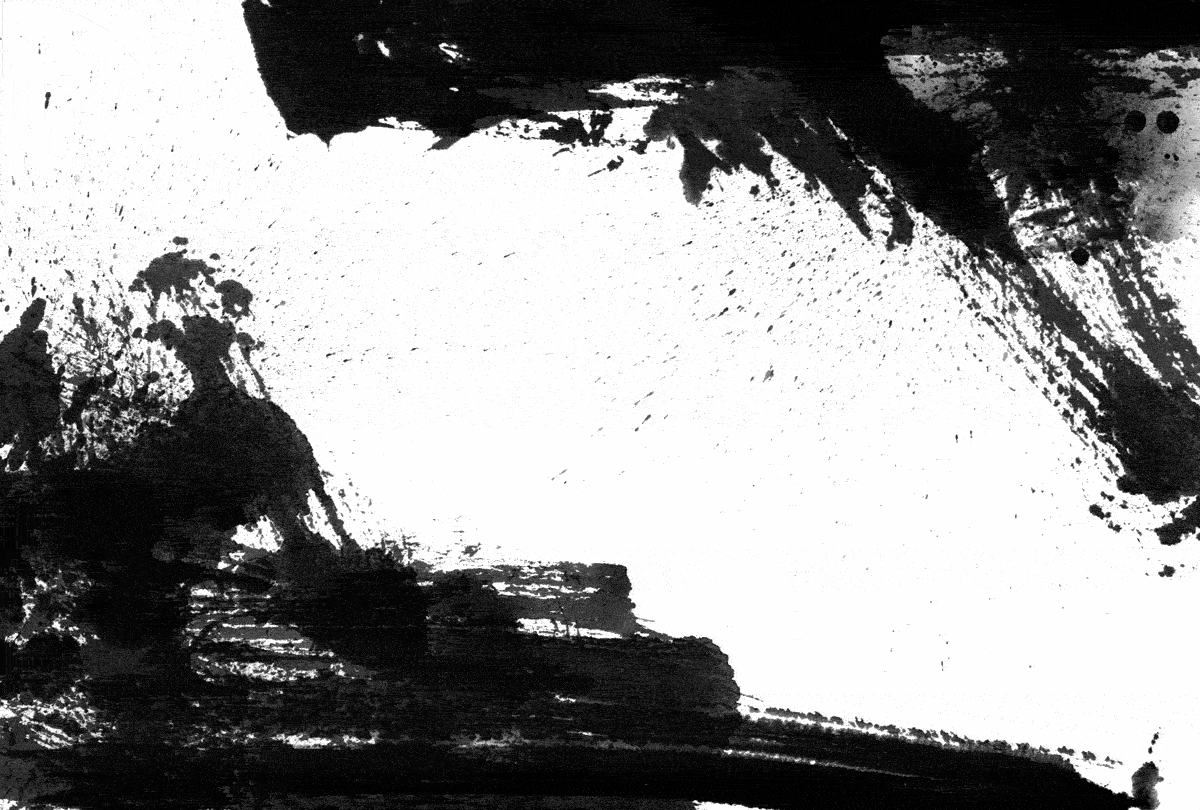Li Yongping
Appreciation
Sung-sheng Yvonne Chang
Professor Sung-Sheng Yvonne Chang currently is teaching at The University of Texas at Austin. She has done extensive studies on modern Chinese literature and films from Taiwan. She is the author of Literary Culture in Taiwan: Martial Law to Market Law, Transformations of a Literary Field: On Contemporary Taiwan Fiction, and Modernism and the Nativist Resistance: Contemporary Chinese Fiction from Taiwan, and the co-editor of Bamboo Shoots After the Rain: Contemporary Stories by Women Writers of Taiwan.
This is an excerpt from Modernism and the Nativist Resistance: Contemporary Chinese Fiction from Taiwan, “Appropriations of Literary Modernism.”
Chronicle of Chi-ling is not a novel in the conventional sense but a story series revolving around a criminal event that took place some time before the beginning of the book. A local scoundrel, Sun Ssu-fang, with the assistance of four teenage hoods, rapes and causes the suicide of Ch’ang-sheng, the wife of a coffin maker, Liu Lao-shih, on a night when the townsfolk are celebrating the birthday of the Kuan-yin Bodhisattva. The next day, Liu Lao-shih kills the wife and mistress of Sun and is arrested. From that time, residents of Chi-ling, all of them in some sense accomplices to the crime, are haunted by guilt and uneasily anticipate revenge from Liu on those more immediately involved with the rape. The redressing of the wrong, however, takes a convoluted path, which is not even fully unfolded when the story series ends.
The book’s themes are conspicuously “amoral.” The long-awaited revenge on the four boys is deliberately detained. When Liu Lao-shih avenges his wife’s death, he does not kill the rapist Sun Ssu-fang, but Sun’s wife and his mistress Ch’un-hung—the latter dies in front of her five-year-old son, who becomes mentally incompetent as a result of his trauma. Or, if one follows critic Lung Ying-t’ai’s explication of the plot and takes the family of four murdered on the river in the story “Ta shui” [Great Flood] to be Yen-niang’s family—her husband being one of the four hoods that have assisted Sun Ssu-fang in the rape, as we have learned from the other two stories “Ssu-nien” [Missing] and “Man-t’ien hua-yü” [A sky full of flower-rain] (“Yi-ko” 167-168)—the irony of fate is nearly complete, since Yen-niang’s husband is the only one out of the four who shows signs of repentance. As every act of revenge inevitably involves the innocent, moral transgression also seems to reproduce itself. The world is presented as an unjust existentialist hell where t’ien-li, or heavenly justice, exists only in people’s minds, constantly alluded to but forever receding from the characters’ grasp.
… As aesthetic concerns dominate in Chronicle of Chi-ling, moral transgression is constantly used to elicit sensations of fear and exhilaration rather than moral self-reflection or humanitarian feelings. For example, in the episode “Hao i-p’ien ch’un-yü” [What a nice spring rain], the author’s insinuation that Ch’iu-t’ang, an innocent young girl who is probably later raped and sold into prostitution by a villain, is sexually attracted to the “tough guy” criminal suspect, gives an ambivalent touch to the reader’s concern for Ch’iu-t’ang’s fate (206). Similarly, in the story “Jih-t’ou yü” [The rain from the sun], Hsiao Lo’s killing of the dog is depicted in such minute detail that the reader vicariously takes pleasure in the ruthless brutality.
If the reader seldom finds it easy to sympathize with Li’s characters in moral terms, he or she is frequently invited to empathize with them in sensuous terms as a result of Li’s superlative skill in creating tension and immediacy, building a compelling illusion of the “real.” Much of the power of his narrative comes from the brilliant execution of techniques revolving around “impersonal narration.” Indeed, Li has brought to near perfection the ideal narrative type aspired to by the formalist group of the Modernists.
The narration in such stories in the series as “The Rain from the Sun,” a story that won first prize in the 1979 United Daily News short story contest, and “Wan-fu hsiang li” [In the Wan-fu alley], purporting to be untouched transcripts of characters’ behavior, best exemplifies the ideal of minimally mediated narrative representation. Because the narrator strictly denies himself the power of free mental access, the narrative in these stories is composed largely of meticulous descriptions of overtly visible physical actions and recorded speech. The control of perception is exceedingly rigorous. Important settings, such as the crimson sun on the horizon and the recurring image of the kuan-yin Bodhisattva at the carnival, find their way onto the scene in an inconspicuous manner, by “incidentally” coming into the view of a certain character. As a result, there are many tags that indicate the characters’ outwardly discernible perceptions in such phrases as “he saw,” or “he gazed at.” The narrative act, therefore, is modeled on the workings of the stenographer and the camera—Seymour Chatman’s analogy—and the discourse type approaches the pole of “pure mimesis.”
As the “nonnarrated representation” discourse type deliberately blocks all conventional channels of direct communication between narrator and readers, the readers of Chronicle frequently find themselves relegated to the role of spectators in a spellbound world. As readers are constantly presented with a composite of visual images, uninterpreted actions, and unremitting suspense, floods of sensation are evoked but not always relieved. The story “The Rain from the Sun” provides an excellent example of how tension is built and finally relieved—but not in a conventional way. Much of the space of “The Rain from the Sun” is devoted to meticulous, vivid descriptions of how Hsiao Lo, one of the four scamps, kills and skins a female dog on a poisonously hot afternoon. Feeling nauseous all the while, Hsiao Lo apparently is affected by the rumor that someone resembling Liu Lao-shih has suddenly appeared under the chinaberry tree somewhere in the town, presumably seeking revenge. After a great amount of tension building, the ending seems anticlimactic: Hsiao Lo finally walks over to the chinaberry tree and confronts the avenger, but the man, who is never actually identified as such, simply departs without a word. The highly equivocal ending is nevertheless given a strong sense of closure through a symbolic shower of rain that suddenly falls as the mysterious visitor takes his leave. By dispelling the unbearable heat that is repeatedly mentioned in the text, the rain also significantly relieves the compelling anxiety of Hsiao Lo and the townsfolk, cleansing their guilt-ridden consciences. It also, to a certain extent, soothes the anxieties of readers, even while leaving them with unresolved suspense on the level of the plot.
… The unique structure of Li’s work also deserves special comment. Without distinctive thematic lines, many of the stories in the series, when isolated, have the appearance of fragmentary sketches. Li’s tour-de-force, in fact, rests precisely in gathering them into a series, yoking them into an integral whole, so that he can ingeniously explore the rich potential of its text syntax. As the stories’ central characters and their perspectives differ, the core event is focused and refocused from different angles, and its different phases are illuminated to varying degrees. Each time the murder is mentioned, it is recontextualized within a new sphere of reality, which reverberates with a number of other such spheres in the series that have been “stored” in the story’s memory. As individual stories tangentially intersect, one character’s fate becomes “entangled” with another’s, and open-ended episodes forever anticipate new stories. Therefore, theoretically speaking, the story series may proliferate without limit, although momentarily the narrative merely focuses on what is covered by the spotlight. The overall effect, then, is that, instead of forming a closed semantic system, the final emergence of a hidden signified—something that would imbue the story with moral relevance—in the endlessly extendable story series is forever delayed.
…. While the syntax of the text of Chronicle of Chi-ling points to a new aesthetic mode—the postmodernist?—the narrative method employed in presenting individual episodes undoubtedly achieves the very ideal strived for by the Modernists. The two features combined thus create the unique quality of the “hyper real”: with all its semblance of veracity at a local level, the fictional world as a whole is nevertheless clearly an imaginary verbal construct, deliberately situated in a temporal and spatial void. By purposefully undermining the notion of realistic representation of some “objective reality” and by shaping a highly effective aesthetic discourse, Li is, more self-consciously than any other Modernist, trying to create a text that is self-referential rather than referential. It is probably in this sense that one can wholeheartedly endorse Joseph Lau’s remark that ranks Li among the few significant writers, including Lu Hsün, Eileen Chang, and Pai Hsien-yung, who have contributed to “expanding the horizon of modern Chinese narrative.” Further, as the artistic potential of a number of techniques introduced by the Modernists are explored to the fullest extent in Li’s work, Chronicle of Chi-ling may also be regarded as representing a culminating point in the Modernist project of post-1949 Taiwan.
We greatly appreciate the Duke University Press granting us the permission to post it here.




